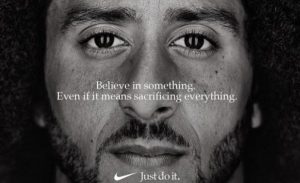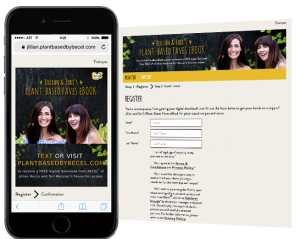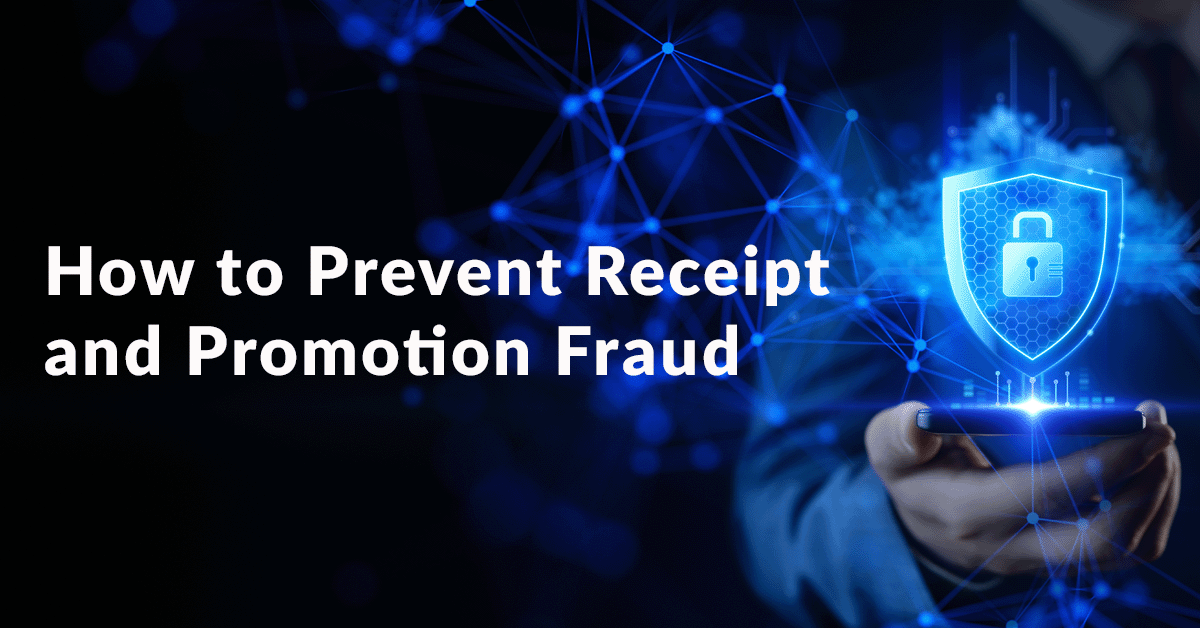When thinking about traditional marketing segmentation, we breaking down a brand’s target market through demographic traits, behaviors, geographies, and psychologies. Yet as we move further into an age of globalization, personalization, and big data, brands are beginning to realize that they need to re-evaluate how they are categorizing their customers. The image a brand promotes—and how a brand manages hot topic issues—is essential to appearing authentic and genuine to its consumers.
How Well Do You Know Your Customers?
Consumers increasingly look to be identified beyond demographics and expect a brand’s messaging to be based on a shared group of activities, interests, and perspectives that they have in common with fellow brand advocates. While it’s not a new term, Tribal Marketing, the practice of identifying consumers as a group based on common collective behaviors rather than demographics, is gaining popularity. These customers set themselves apart with a shared way of thinking, common experiences, and lifestyle.
But How Does a Brand Figure Out What These Commonalties are?
In today’s world, knowing your shoppers and consumers has taken on a whole new meaning. Marketers can leverage countless technology solutions to gain insights on their target audience. Using this data, they can build out customized offers, loyalty programs, and rewards initiatives that cultivate customers into brand advocates. Brands need to differentiate themselves from the competition. By building brand integrity that coincides with the feelings of their advocates, brands will attract members to the “tribe” and intensify loyalty.
Loyalty programs are one of the best ways to gain access to data. Beyond transactional purchase habits and shopper data that is obtained from POS integrations or receipt processing programs, it’s the non-purchase behaviors that brands can reward for, which provide the truly granular insights into who their shoppers are. Having consumers fill out an extended profile upon registration for bonus points, filling out surveys, or writing product reviews, shows who is identifying with their brand and why, while also providing insight into the types of products they would like to see developed by the brand.
Once a brand figures out what makes their members tick, they can start to customize their offerings and building in tailored rewards to their loyalty program—things like Spotify memberships and ride share credits for the young and hip millennials, extra GB’s of mobile data for the family that’s on a shared mobile plan, and, of course, more aspirational ultimate experiences that give members something to work towards long term.
Customized Offerings
It’s important for brands to remember that as opposed to the traditional marketing approach of catering to the masses and trying to offer something for everyone, tribal marketing goes after a niche consumer perspective. Knowing that they will be discriminating to some consumers is an opportunity cost of gaining a deeper brand affinity with those who choose to identify with the brand.
Is There a Downside to The Tribal Marketing Approach?

That’s a debate that will continue to be had, but in order for a brand to truly identify with their members, a narrow focus is definitely needed. Just look at Nike’s controversial ad that featured Colin Kaepernick, alluding to the sacrifices he made to stand up for his beliefs. Knowing that they would be dividing their tribe of loyal members, Nike understood that marketing conditions change.
By featuring Kaepernick, they wanted to identify with those tribe members who had a shared desire of social equality. Nike felt the benefits of connecting on a deeper level with those members outweighed the negative effects of losing some members from the disconnect, and their sales further proved the justification of this bold approach. Ad Age recently released that Nike’s revenue jumped 10% over the year-earlier period.
Let’s look at another example of how Unilever changed their tactics. To market their Becel brand to health and environmentally conscious consumers, Unilever delivered back a cookbook with plant-based recipes created by celebrity chefs. In the past, this would have been strictly marketed towards women aged 24 – 50, but now they have shifted to targeting consumers’ overall feelings towards sustainability and the foods they eat.
At the end of the day, it’s important for brands to remember the rule of 15:50. A brand’s most loyal 15% of consumers will attribute to 50% of the business—building off that, it can be said that the top 50% of consumers contribute to 80% of a brand’s business. This means identifying and marketing to that top 50%, leveraging customized technology solutions, should be a top priority for brand managers and shopper marketers.
References
https://www.brandingstrategyinsider.com/2018/09/analyzing-nikes-controversial-just-do-it-campaign.html#.W99cFpNKg2w
http://www.smeweb.com/2018/04/16/four-ways-engage-audiences-tribal-marketing/
https://blog.fastfedora.com/2010/10/tribal-marketing.html
https://www.forbes.com/sites/nikkibaird/2018/08/26/tribal-marketing-and-the-need-for-a-radical-redefinition-of-brand/#2b7b6b107090
https://cognitiveseo.com/blog/8969/tribal-marketing-the-new-niche-marketing/
https://www.brandingstrategyinsider.com/2017/02/tribal-brand-strategy-the-art-of-exclusion.html#.W-mYrZNKg2w
https://www.snipp.com/blog/2016-08-11/loyalty-just-for-me-how-big-data-is-shaping-tomorrows-loyalty-programs/
https://adage.com/article/cmo-strategy/nike-ad-age-s-marketer-year-2018/315795/






